
|
|
|
|
|
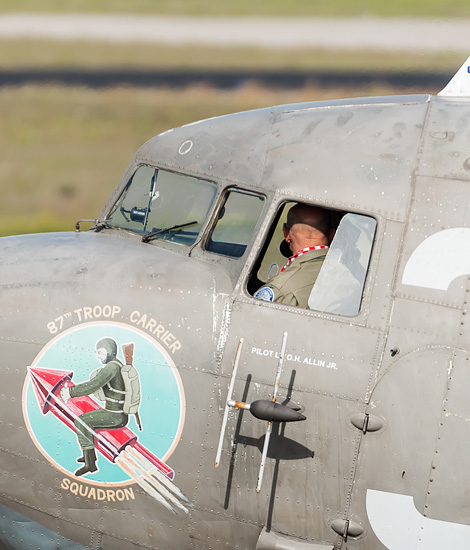
|
Market Garden Memorial; Eindhoven, September 21, 2019
75 Years Market Garden, part 1; Text and Photograph's by Alex van Noye
Hoping to end the Second World War before the end of 1944, the British commander Bernard Montgomery launched Operation Market Garden in September 1944. The aim was to create a corridor by occupying the bridges in the Netherlands which would ensure that soldiers could invade Germany quickly and effectively.
Operation Market Garden was an Allied offensive against the Germans in the Netherlands in September 1944. This operation was the main operation which took place in the Netherlands during the Second World War. Operation Market Garden was for the biggest part a failure, because the last bridge in Arnhem could not be occupied. The result of this failure was the famine in the northern part of the Netherlands. Operation Market Garden consisted out of two large operations which both played a key role. The first operation was a large airborne landing behind the German lines called Market. The second operation was a ground offensive from Belgium to the Netherlands under the name Garden. The British, American and Polish airborne troops would occupy the important bridges over the Dutch rivers; the ground force would come quickly from Belgium to the IJsselmeer. The German troops in the Netherlands would therefore be cut off from Germany and the route to the east would be opened. Operation Market Garden was seen as a failure by the Allied High Command. The most crucial objective was the bridge at Arnhem. This bridge could not be achieved because the landing troops were dropped too far from Arnhem. By missing this bridge the road was not open to the Ruhr and the war lasted at least half a year longer. However, securing the sector Antwerp was achieved during this operation. Safeguarding the port of Antwerp was an important milestone during the operation, because from here the troops would be spread during the campaign in Germany which would follow.
The major aircraft during the landings of Operations Market Garden was the Douglas C-47 Skytrain. The Skytrain was the military version of the Douglas DC-3 Dakota. The big difference between the civilian and military variant is the large cargo door on the left side of the Skytrain. Also, the Skytrain has a reinforced floor for transporting heavy loads. Many Allied countries used the C-47 Skytrain during the Second World War for
|
|
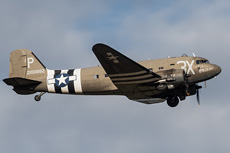
|
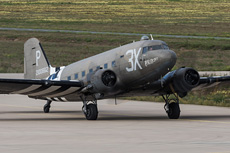
|
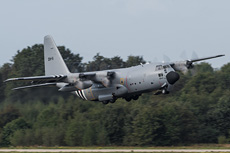
|
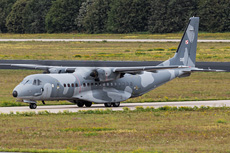
|
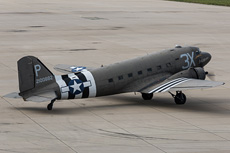
|
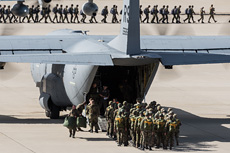
|
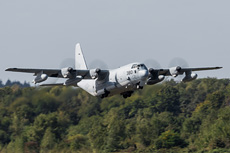
|
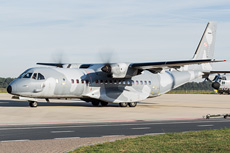
|
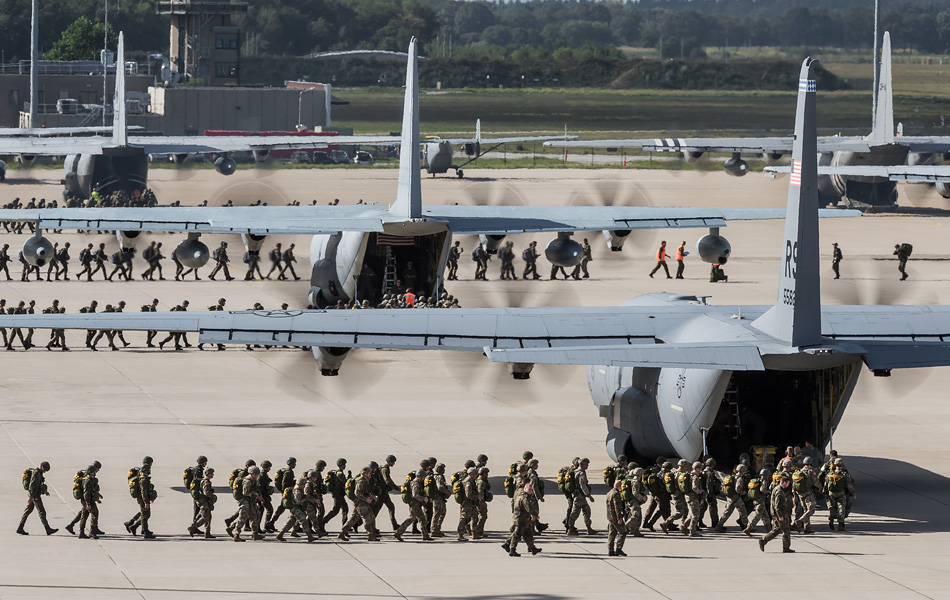
|
carrying heavy loads and transporting troops and wounded. More than 10,000 aircraft of this type were produced at the Douglas plant in Santa Monica, California and Oklahoma City, Oklahoma. The plant in Oklahoma has built over 5,354 Skytrains between March 1943 and August 1945. The C-47 was a perfect aircraft for dropping paratroopers. The aircraft was commonly used during several major actions during the Second World War such as the dropping during the Normandy landings in France and Operation Market Garden in the Netherlands. The aircraft played a key role during these actions when thousands of paratroopers were dropped behind the German lines. These forces often had the task to capture various bridges and other strategic points; they had to occupy these points until the main Allied forces would arrive. The C-47 was also able to pull gliders which could land silently behind enemy lines.
The second important aircraft type during the landings around the bridges were the British Airspeed Horsa gliders. The Horsa consisted of three versions, namely; the AS51 Horsa 1, the AS52 and the AS58 Horsa 2. A total of 3750 units of this type of glider were built. All aircraft were literally lost during the various airborne operations. The aircraft were built to land only once behind enemy lines with the element of surprise as the bet. The specimens drawn up at museums after the Second World War are well-built replicas, because the design drawings are still available for this type. The operation was started with the dropping of parachutists above three major Dutch cities on September 17, 1944. The American 101st Airborne Division was dropped at Eindhoven and the American 82nd Airborne Division was dropped in Nijmegen. The 101st was dropped at Eindhoven, best, St. Oedenrode and Veghel. They had the task to capture the bridges over the River Aa at Best, the Wilhelmina Canal at St. Oedenrode and Zuidwillemsvaart at Veghel. The task of the 82nd was to capture the bridge at Grave over the Meuse, the bridge over the Waal and one of the bridges over the Maas-Waal canal at Nijmegen. This part of the operation went all according to plan. Simultaneously with the droppings around Eindhoven and Nijmegen, British troops of the 1st Airborne Division were dropped near Arnhem in Wolfheeze, Ede and Oosterbeek. The British unit would receive support from the Polish Independent Airborne Division.
The British 30th Corps had to come from Lommel via the route over the captured bridges. The British units during the Garden Operation consisted of over 50,000 men and over 22,000 vehicles. The whole caravan was forced to move via one route to Arnhem making it vulnerable to enemy forces. In order to protect the flanks two army corpses were deployed to protect the vehicles in the caravan. The ground troops were able to advance within the specified times and reinforce the paratroopers who had taken a position at the bridges, except for the bridge at Arnhem. The Germans had concentrated themselves near the bridge in the city of Arnhem; the bridge was eventually not being taken. The troops that made the advance from the south came across two German armored divisions which had buried themselves on the route just before Arnhem near Elst. The ground troops were unable to force a passage to Arnhem. The troops who occupied the bridge were caught up and soon ran out of ammunition due to German opposition. They had to withdraw from Arnhem after a few days despite the support of the Polish Forces who had arrived in the meantime. At the end of September 1944, the Allied advance in the area around the Betuwe in the Netherlands stranded. The result was a long hunger winter in the northern and western part of the Netherlands. A total of 1800 British and Polish soldiers died in the Arnhem area and over 2300 escaped via a crossing over the Rhine during Operation Pegasus. Arnhem was literally a bridge too far as the film of the same name shows.
|
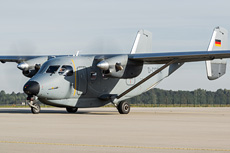
|
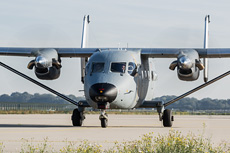
|
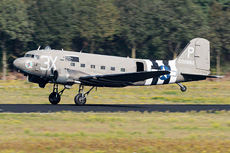
|
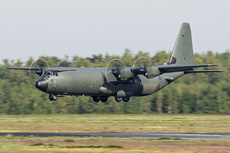
|
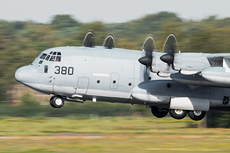
|
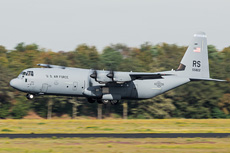
|
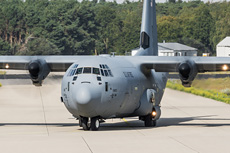
|
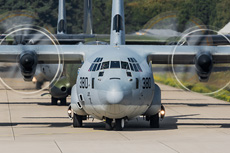
|
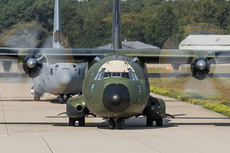
|
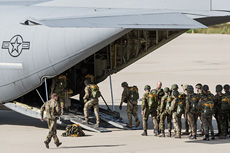
|
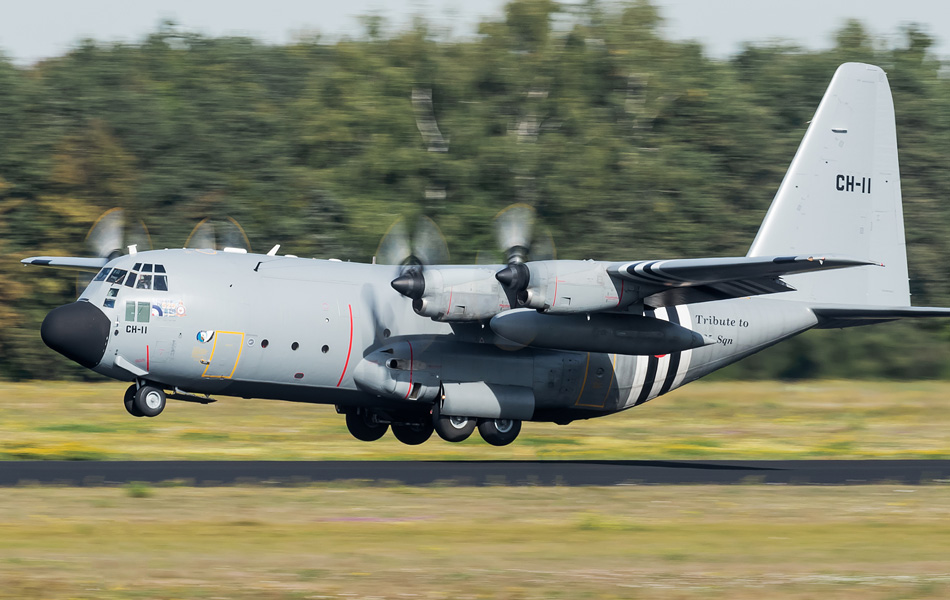
|
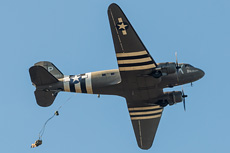
|
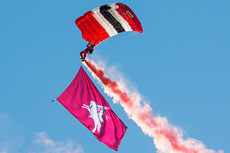
|
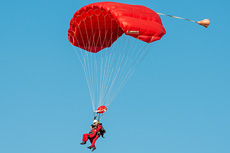
|
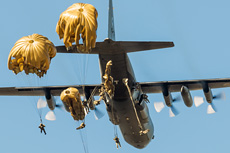
|
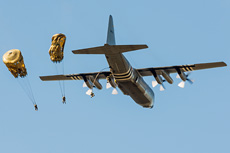
|
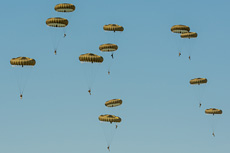
|
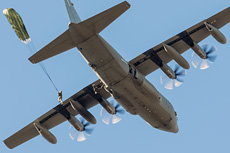
|
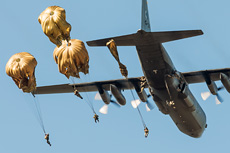
|
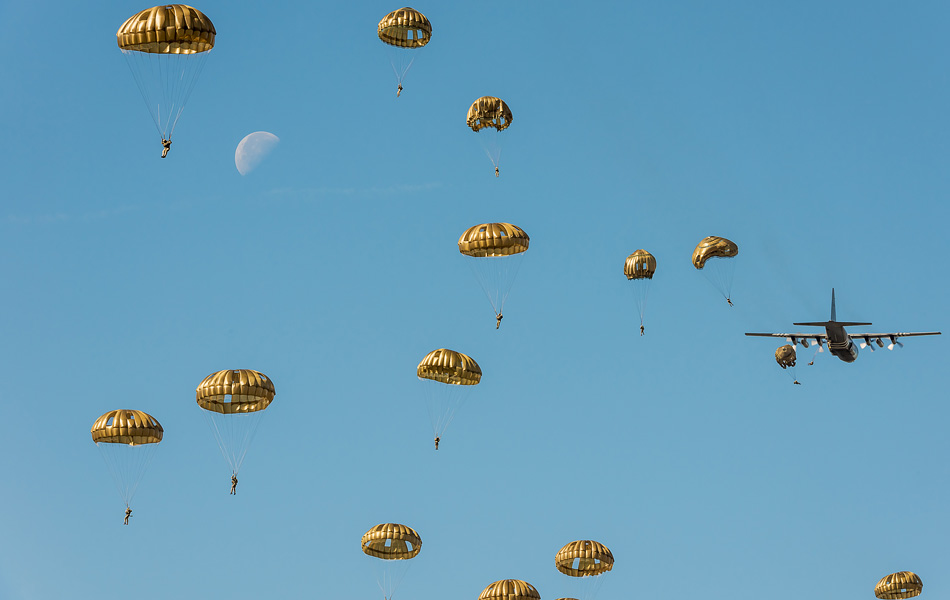
|
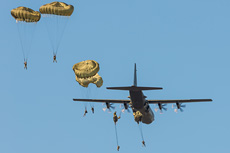
|
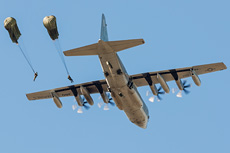
|
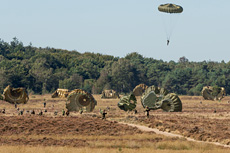
|
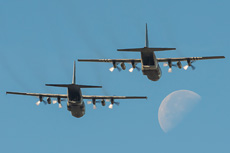
|
|
|

|







